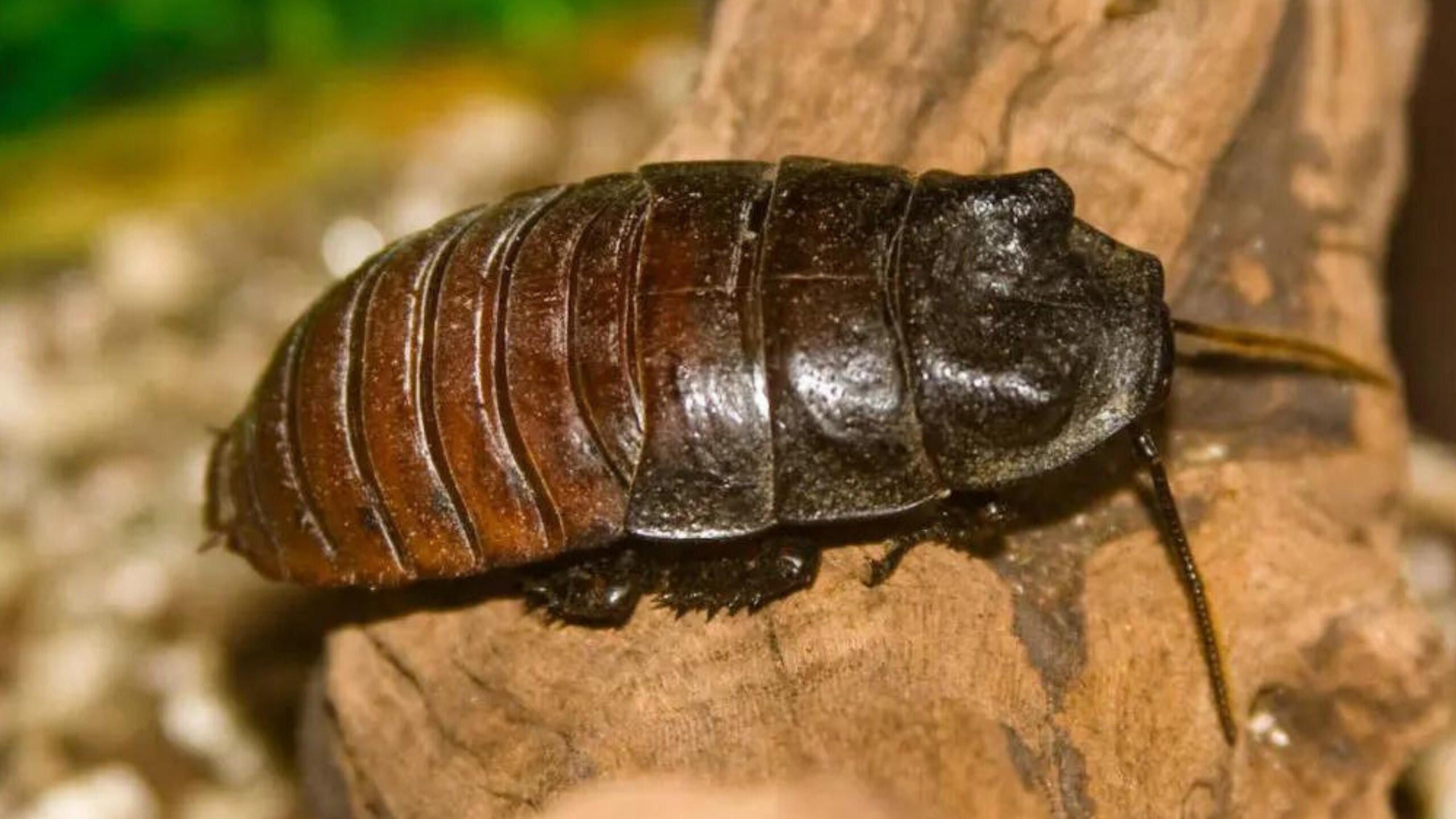Dubia cockroaches (Blaptica dubia) are more than just pests; they're fascinating creatures with unique characteristics and behaviors. These tropical insects have gained popularity not only as feeder insects for reptiles but also as intriguing pets and subjects of study. Here are 12 captivating facts about Dubia cockroaches that might change the way you see these critters.
1. Dubia Cockroaches Don't Fly
Unlike some cockroach species, Dubia cockroaches are flightless. Their wings are underdeveloped, making them unable to take flight. This trait makes them easier to contain, reducing the risk of escape if you're using them as feeder insects or keeping them as pets.
2. They're Excellent Climbers
Dubia cockroaches are skilled climbers and can scale various surfaces with ease. Their ability to climb smooth surfaces makes them efficient at navigating their environment, whether it's in the wild or in captivity.
3. Dubia Roaches are Nutritious Feeders
One of the reasons Dubia cockroaches are popular among reptile owners is their nutritional value. They're high in protein and low in chitin, making them easy to digest and providing excellent nutrition for reptiles like bearded dragons, geckos, and other insectivores.
4. They're Low Maintenance
Compared to other feeder insects, Dubia cockroaches require minimal maintenance. They don't produce strong odors, they're quiet, and they can live for several months without food, making them convenient for reptile owners.
5. Dubia Cockroaches Cannot Climb Smooth Surfaces
Despite being good climbers, Dubia cockroaches cannot climb smooth vertical surfaces due to their tarsal claws. This can be advantageous when keeping them in a terrarium with smooth walls.
6. They're Non-Invasive
Unlike some other species of cockroaches, Dubia cockroaches are non-invasive and won't infest homes. This makes them a preferred choice for those who want feeder insects without the risk of an infestation.
7. Dubia Roaches Can't Survive in Cold Temperatures
These tropical insects are sensitive to cold temperatures and cannot survive in temperatures below 70°F (21°C). If kept as pets or feeders, it's essential to provide them with a warm and humid environment.
8. They're Great Clean-Up Crews
Dubia cockroaches are efficient scavengers and will clean up leftover food in their enclosure. This behavior helps maintain a cleaner habitat for both them and other inhabitants of the terrarium.
9. Dubia Cockroaches are Odorless
Unlike some other feeder insects, Dubia cockroaches do not produce strong odors, making them more pleasant to keep in your home. This lack of odor is appreciated by reptile owners who house them in the same room as they live in.
10. They're Slow Breeders
Dubia cockroaches have a relatively slow reproductive rate compared to other roach species. This can be advantageous for those who breed them, as it's easier to control population sizes.
11. Dubia Nymphs Mature Slowly
Dubia nymphs take several months to reach maturity, unlike other cockroach species, which can mature more quickly. This slow maturation process means you'll have a longer time to feed and care for them before they become adults.
12. Dubia Roaches are High in Moisture Content
These cockroaches have a higher moisture content compared to some other feeder insects like crickets. This can be beneficial for reptiles that require hydration from their prey.
Dubia cockroaches are truly remarkable creatures with characteristics that make them not only valuable as feeder insects but also interesting pets. Whether you keep them to feed your reptiles or simply find them fascinating, these facts highlight the uniqueness of Dubia cockroaches in the insect world. Understanding more about these creatures can help you provide better care for them and appreciate their role in the ecosystem.
